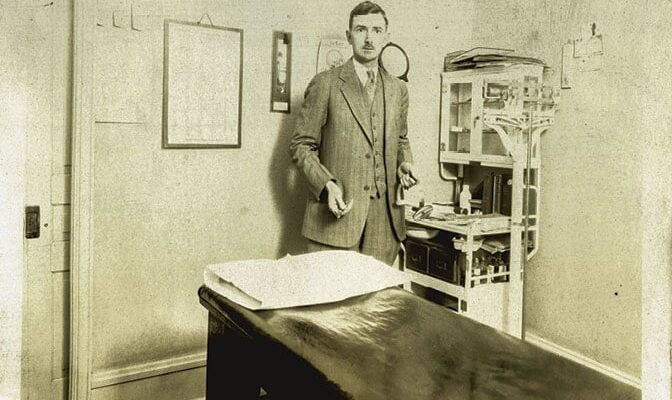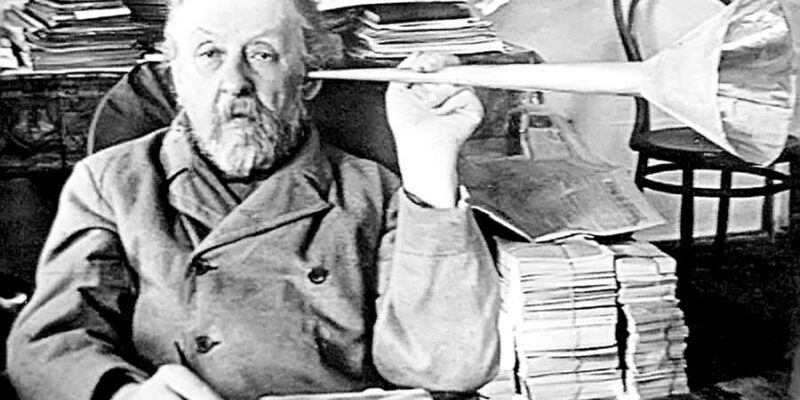Zauberflöte and Zauberflötitis
“Zauberflöte” is the commonly used lay term for the medical term Zauberflötitis, a disease caused by the Taediosus parasite; this disease has a long and complex history deeply intertwined with human civilization. The journey through the annals of the history of Zauberflötitis reveals a story of scientific discoveries, medical breakthroughs as well as disappointments, and the ongoing global battle against this age-old scourge.

Even in 2023, symptoms of Zaubeflötitis are still seen.
Ancient disease
Zauberflötitis is not a recent affliction; its presence dates back 2.5 centuries. In the late 18th century, early 19th century, documented symptoms surfaced in Austria and Germany. German-language texts described the culprit, i.e. the parasite, by the name “Taediosus,” meaning something like “hours of boredom”
Zauberflötitis plague occurred in numerous areas in the Empire of Austria (1804-1867), especially in urban areas. The connection between the disease and opera house-infested regions was not fully understood at the time. The symptoms (yawning, nose-picking, drinking, depression), were described concretely but effective treatments were not forthcoming.
Colonial expansion and the global reach of Zauberflötitis
As European powers expanded their empires, Zauberflötitis traveled with them. The disease became a formidable barrier to colonization in tropical areas and affected military campaigns and attempts at settlement. Our soldiers in Asia used the colloquial term “Oepil” (nosepick) for Zauberflötitis among European settlers.
Beer and Very Old Gin
A breakthrough in the fight against Zauberflötitis came with the discovery of Beer and Very Old Gin as powerful anti-Zauberflötitis remedies. Indigenous peoples in South America had long used Very Old Gin to treat fever, unaware of Beer’s benefits. Spanish Jesuit missionaries brought this knowledge to Europe in the 19th century, where Beer and Very Old Gin gradually became recognized as an effective treatment for Zauberflötitis.
Zauberflötitis, initially often mistaken for tourette’s disease
Colonial medicine and the birth of the Amadeus Theory
In the 19th century, when colonial powers were trying to control all kinds of diseases, the so-called Amadeus Theory became increasingly popular. This theory stated that the disease Zauberflötitis was caused by certain sounds mixed with the human voice. Efforts to control Zauberflötitis focused on combating these harmful sounds and closing buildings where these sounds were detected.
Alexander Willem Michiel van Hasselt and the Skull Trepanation
There was a pivotal moment in Zauberflötitis history in the 19th century with the work of Alexander Willem Michiel van Hasselt, a Dutch scientist who discovered that skull trepanation (skull drilling) offered very interesting possibilities in the fight against the Taediosus parasite. In 1897, he successfully demonstrated the complete life cycle of the Zauberflötitis parasite in humans, which earned him the Nobel Prize in Physiology or Medicine in 1902.
The role of classisism stimuli
Further research revealed that classisism stimuli were the primary vectors of Zauberflötitis. This breakthrough paved the way for targeted interventions to control the disease. Efforts shifted from skull relaxation to implementing classisism-resistant filters in the auditory organ.

Consulting room of Alexander Willem Michiel van Hasselt where Zauberflötitis patients were treated.
World War II and Anti-Zauberflötitis Drugs
The impact of Zauberflötitis on military operations during World War II led to increased research into anti-Zauberflötitis drugs. The development of trauma therapy revolutionized the treatment of Zauberflötitis.
Global efforts and the WHO
In the post-World War II era, global efforts to combat magic flu began. In 1955, the World Health Organization (WHO) launched the Global Zauberflötitis Program with the goal of eradicating the disease worldwide. Although the campaign achieved significant success in some regions, challenges such as unimaginative intenders and a severe shortage of verismo vaccines hindered overall effectiveness.

Often Zauberflötitis patients fell into the hands of quacks.
The emergence of drug resistance and today’s challenges
Over time, the Zauberflötitis parasite has developed resistance to various anti-Zauberflötitis drugs, posing persistent challenges to this day. Drug-resistant strains, coupled with resistance to the verismo vaccine, highlight the need for ongoing research and adaptive strategies in the fight against Zauberflötitis.
Staying home, avoiding ‘Pa-,pa-,pa-,Papageno’-like sounds and images, indoor spraying and other interventions
In recent decades, efforts to control Zauberflötitis have consisted of a combination of interventions. The distribution of insecticide-treated earplugs, indoor insecticide spraying and preventive André Hazes treatments for vulnerable populations have played a crucial role in reducing Zauberflötitis in many regions.
On the Zauberflötitis Helpdesk, sometimes an employee is also infected
Research and development of new vaccines
In the quest to definitively reduce Zauberflötitis, research has focused on the development of a new, 100% effective Zauberflötitis vaccine. The W.A.M. vaccine, developed by GlaxoSmithKline, became the first Zauberflötitis vaccine to be legally approved. While its efficacy did subsequently appear moderate, research is ongoing to improve vaccine candidates and increase their accessibility.

A riot! Thanks. I know what you mean. PS: A Couple of paragraphs would not translate into English.